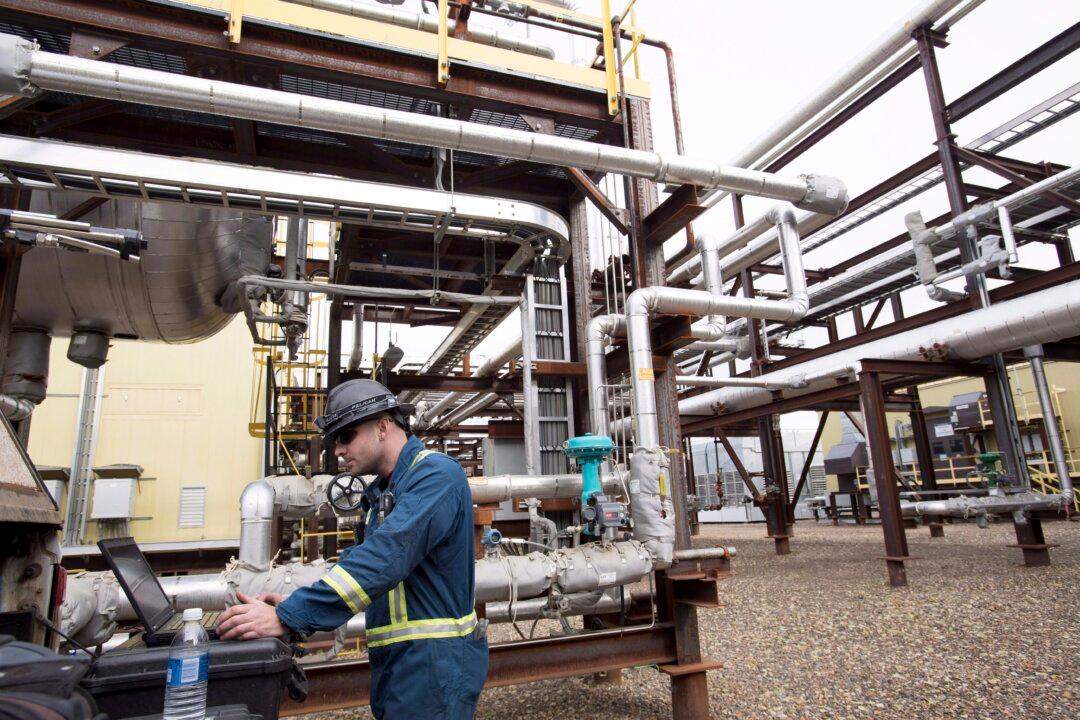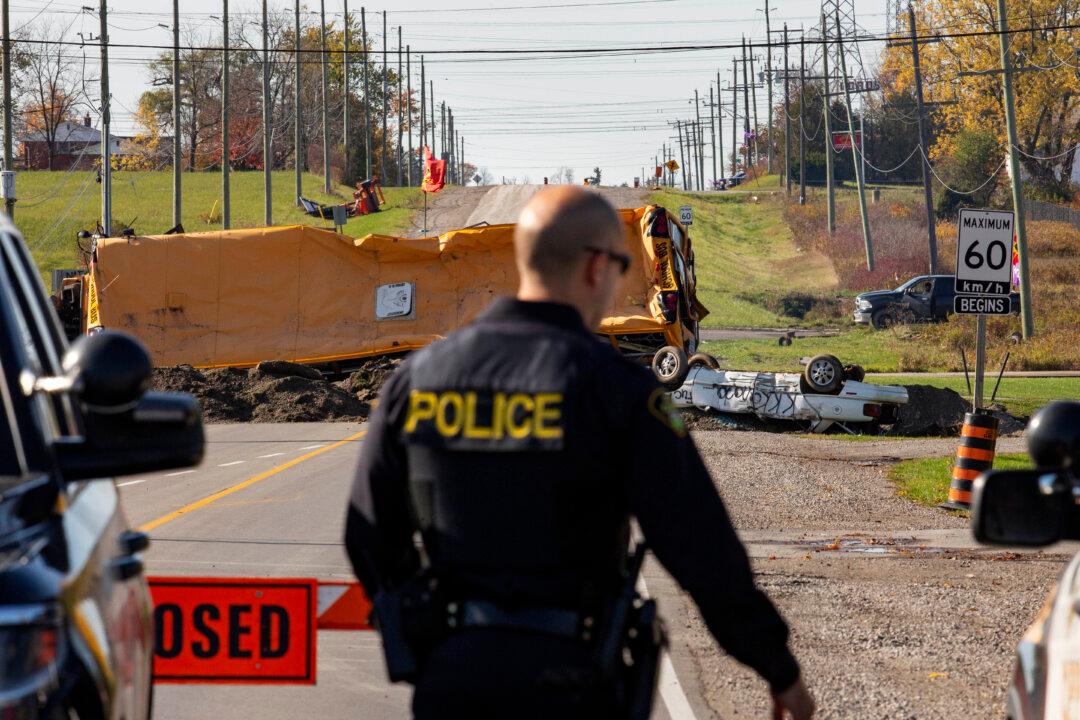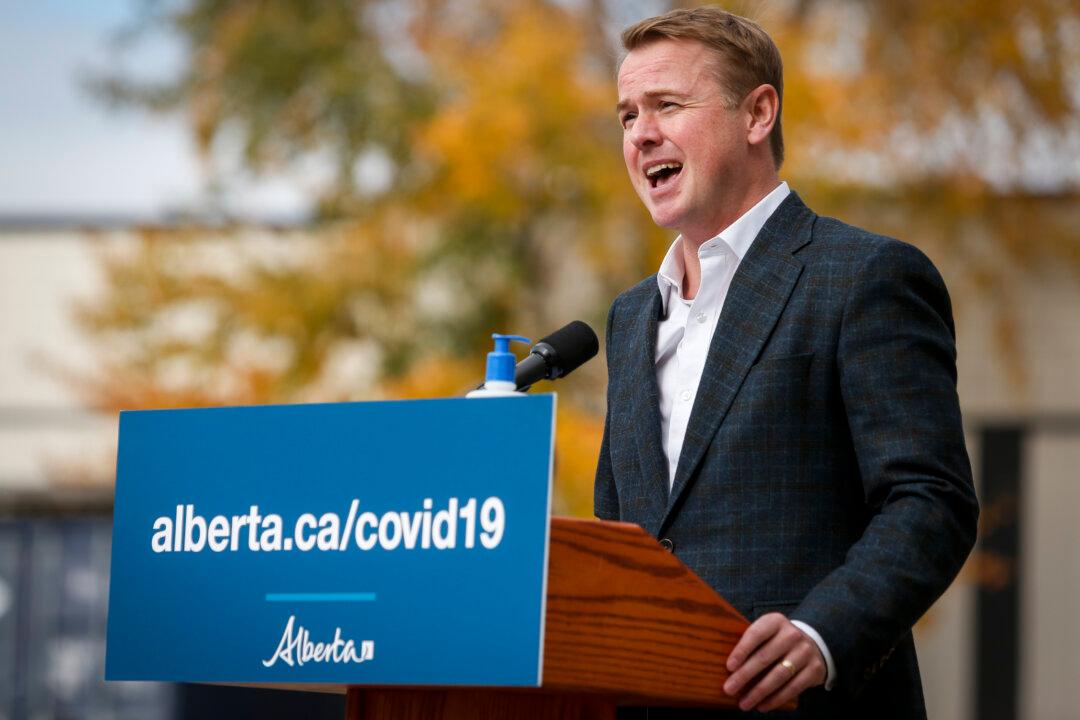Alberta Premier Jason Kenney has set out an ambitious new natural gas strategy that aims to transform large swaths of the sector by 2030.
“We’ll expand Alberta’s natural gas sector, moving from the extraction and industrial use that currently make up most of our activity, and adapt it to meet the world’s needs using cutting-edge technology,” Kenney told reporters on Tuesday.




